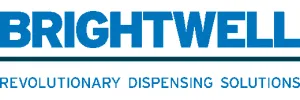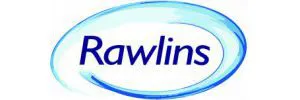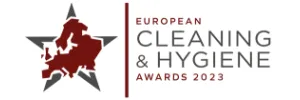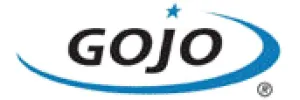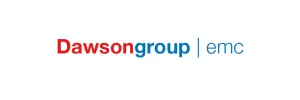News & Insights
Read the latest news from us and our clients across the globe

Posted on 13 April 2016 by adtrak.admin
Spring fog reveals a deeper clean
After the spring deep clean, we can reap deeper health benefits for clients through preventive cleaning with sanitisation, says Ashley White, Commercial and Safety Manager of cleaning and FM services specialist Nviro.

Spring is in the air, and clients can really see the benefits of that deep clean. Everything is bright, fresh and squeaky clean again. Or is it?
In a previous article (‘Tis the season to be wary – December 2015) we talked about the importance of cleaning contingency plans. That focused on the need to be prepared for adverse weather, outbreaks of Norovirus (the winter vomiting bug) and ‘flu pandemics.
While not wanting to cast a shadow over that polished floor gleaming in the rising spring sunshine, how do you know it, your washroom or any other surface is truly as clean as it looks?
Decontamination cleaning should be part of the contingency planning for viral outbreaks (or food poisoning, where clients have kitchens and food preparation areas). But sanitisation isn’t just for emergencies, when the damage has been done to people’s health, business operations or the organisation’s reputation.
Enlightened clients increasingly recognise that preventive cleaning can sanitise indoor environments for the benefit of employees, customers, or students in the case of the education sector.
Heightened attention on wellbeing is also spreading awareness of the value in scheduling an even deeper clean.
There is a range of sanitisation techniques to consider. Advances in technology and chemistry mean that these methods are more cost-effective and the results are measurable.
Hand sanitisers are more common now in washrooms and communal areas – not just as a response to an infectious outbreak, but as a permanent measure to suppress bacterial levels and transfer.
Some clients, on our recommendation, have installed wall-mounted sanitisation units that use UV light and ozone to decontaminate air. They destroy airborne pathogens and re-circulate clean air. Because this also removes odours, they are more often seen in toilets, but the units can be deployed in communal areas or any space.
Steam cleaning is an old reliable in industrial applications that is more widely relevant today thanks to more efficient machines. These generate ‘dry’ steam vapour from relatively small volumes of water. The superheated steam leaves behind minimal moisture and hygienically clean surfaces and crevices. An advantage is that this method may be used for soft materials such as upholstery and mattresses.
Another method that has come into the mainstream from manufacturing ‘clean rooms’ and food factories is fogging. With modern biocides, chemical fogging no longer entails major disruption or health risks from potentially toxic substances.
We use a water-based anti-microbial that is non-hazardous, odourless and non-corrosive to materials. However, as a precaution against coughing or allergic reactions, fogging is done out of hours and staff must be equipped with the right PPE.
Sprayed as a fine mist, the fog’s particles remain suspended in the air long enough to kill airborne viruses and bacteria. These particles also spread throughout the space being treated, settling on surfaces, including walls and ceilings, furniture and floors.
An effective biocide – we recommend using a solution with four different biocides to combat any resistant bacteria – will eliminate a very wide spectrum of microbes and pathogens. These include E. coli, MRSA, C. difficile, listeria, salmonella and Legionella pneumophilia.
This ‘dry’ fogging is a highly cost-effective sanitisation technique. It needs to be preceded by a thorough deep clean because dust and debris that comes between the biocide and surfaces will hamper its effectiveness, which is surprisingly long-lasting.
How do we know this? Again technology has come to our aid. We can measure the effectiveness of cleaning with a hand-held luminometer. This gives an accurate reading for the number of living cells on a surface by measuring adenosine triphosphate (ATP). Microbes and all living things produce this signature molecule.
So we take ATP readings before and after fogging. Trials in our own offices and clients’ premises showed a dramatic reduction in ATP levels after fogging, and for weeks afterwards. Chemical suppliers claim that fogging agents have residual efficacy against contamination that can last for months. So if applied following an infectious outbreak, it can help prevent repeat outbreaks.
But better, fogging areas twice a year – as we recommend – will maintain a good level of protection. So clients and cleaners can be confident that shining surface is really as clean as it looks.
Published in Tomorrow’s Cleaning – April 2016
Experts in Public Relations Services & Communications Management
Our ServicesGenuine industry specialists in cleaning and hygiene, environmental and recycling, and facilities management
Our Sectors
